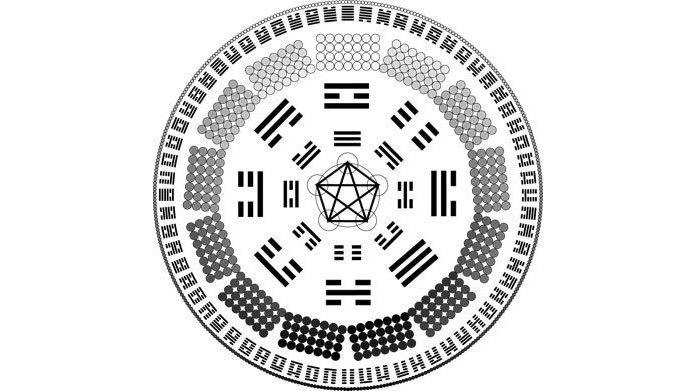
Acupuncture as a Compass for the Soul: Healing Body and Mind
I’ve heard performance artists say they learn a lot about their own craft through studying others. A famous singer-songwriter once said she learned a lot about music-making through listening to race car drivers rev their engines.
I’m an acupuncturist by trade, but I’m also a bit of a closet anthropologist. I have great interest in the practices of life, health, disease and death within various cultures, especially those of ancient times. I’m especially interested in the link between medicine and spirituality present in many ancient healing traditions.
Recently I spent a week studying Peruvian Shamanism with a medical anthropologist. I was struck by the emphasis placed on treating patients “energetically” in this tradition. Like the ancient Chinese, the Peruvian shamans viewed the body as containing many “layers,” half of which are unseen “energetic” layers. Concepts of the “spirit” and the “soul” are fully integrated into both traditions. A healer diagnoses where a person’s problem is located: which layer. Is it on the level of the physical body, is it in the mind, or in the less tangible levels of the soul and spirit? Chinese medicine naturally views the layers of the body slightly different, seeing them more like water in its various states: solid, liquid and vapor. Within each state are variations, types of energy that create various structures, tissues and forms.
Within both traditions, to heal the body and mind, there is emphasis on treating unseen energetic levels of the body. Within many ancient medical traditions, the energetic layers that surround our bodies (called the spirit and the soul, or our “field”) continually create the tangible layers of the mind and physical body: almost like a waterfall that creates form as it cascades down.Vapor becomes liquid (blood and body fluids) which solidifies into flesh and bone.
Albert Einstein had an understanding of this logic. He has a famous quote where he states “you can never solve a problem on the level which it was created.” The healing strategies used by many ancient healing traditions say you cannot heal a condition by treating it on the same level it is located. To treat the structure, you must do so through the subtler levels of the system. It’s widely acknowledged in holistic medicine that much of what shows up in the physical body comes from the mind and emotions. This is known as psychosomatic medicine. Much that affects the mind has its roots in the level of the soul.
In Chinese medicine, to speak of the soul is not associated with any religious concept necessarily. Aspects of the soul are seen as basic aspects of human physiology – humors, like the blood or body fluids. They have functions just like the organs and tissues, yet they are invisible and very subtle in their actions.
It is widely believed in many spiritual traditions that we create our own reality. We magnetize to ourselves relationships and situations. In Chinese medicine, this is a function of the Heart (the organ where the spirit is “housed”). Our soul (the embodiment of our spirit) has things it wants to experience. The goal is to bring that which we are interested in (or obsessed with) to a state of completion. Completion results in peace.
The ancient Chinese say the Liver is a key player in creating completion. A very important aspect of the soul resides in the Liver, called the “Hun.” The Hun is the aspect of our soul that is active during the sleep state, helping to create our waking reality. I often think of the Hun as administrators: while we are sleeping, they set up meetings for us, create upcoming moments of synchronicity so we can experience what we need to, and meet people who will help us and/or teach us. This is why proper sleep is so important. If we don’t sleep, we rob ourselves of much preparatory work for our waking lives. Without the help of the Hun, life is much more difficult, as we have to mentally create everything for ourselves, rather than having it all set up for us by the Hun. This can be very exhausting.
When using ancient medical traditions, possibilities for healing become very wide. We can ask questions like: how can I stop attracting certain types of experiences or relationships? A psychotherapist would say: through understanding why we are doing what we are doing. The method of treatment in psychotherapy is language: words. We talk and free-associate until we hit upon the unconscious motives of our actions. In acupuncture, through placement of needles in specific “points,” we change the energetic vibration being emitted by our system. It is the vibration coming from our electromagnetic field that magnetizes things to us and repels others.
There is another major aspect to healing within the ancient tradition of acupuncture: changing perception through opening the senses. Part of this process involves opening the “lower” orifices of elimination – to have a portal for discharging “heavy” energies and substances that may be clouding our sense perception. The second aspect to this strategy involves opening the upper orifices: the sense organs. How we experience the world is highly influenced by how we see, hear and taste the world. The world does not appear the same to all of us. Many of us see things very differently. There is a common expression my teacher uses: “an angry person lives in an angry world; a peaceful person lives in a peaceful world.” It may sound simple, but we can change the world we live in by changing our perception of it. Clinically this process is called “transforming the phlegm blocking the portals of perception.” Essentially: detoxing the orifices.
In our modern culture, most of us are more concerned with issues regarding our physical bodies and minds than aspects we’d associated with our souls. However, according to ancient traditions like Peruvian shamanism and Chinese medicine, issues showing up in our bodies and minds can likely be coming from the level of our soul.
Classical Chinese medicine often uses metaphors of “ghosts” and “parasites” when speaking about ailments of the soul. Such dramatic images of “ghosts” and “demons,” quite prevalent in all cultures, has a natural relationship to the soul. According to many ancient alchemical and mystical traditions (as well as the writings of modern psychoanalyst C.G. Jung), the methods of communication most amenable to the level of the soul are symbol and mythology. Art communicates with the soul, as do abstract images.
Addictions are often depicted in classical medical literature as “demonic possessions.” To anyone who has struggled with compulsivity and addiction, this is often how the condition is experienced. Obsessions and depression also have a “ghost-like” quality to them. Are these conditions actual states of “demonic-possession”? Who knows for sure? Medically, such states are characterized by improper fluid (endocrine) metabolism in the body, affecting blood and brain chemistry. “Phlegm” clouds the portals of perception. The mind is unable to break loose from circular thinking: it is unable to ascend into a state of “levitation” and let go. There is often accompanying inflammation in the digestive system that agitates the mind and spirit, disturbing sleep, causing anxiety and impulsivity. At its worst, it can cause sociopathic or suicidal behavior: destructive tendencies.
Medically, diagnosing mental illness (phlegmatic conditions) can be viewed and discussed in terms of humoral physiology: the state of the body’s blood, fluids and energy systems. However, in treatment, when dealing with an actual living being, a healer often needs to go beyond the level of the mind and body. It’s not always enough to simply regulate body fluids and expel phlegm via the level of the body, or discuss neurosis via the mind. Neither of these methods engage the level of the soul: the place where the problem is coming from. Holistic medical systems like acupuncture are interested in treating problems at their root so they won’t continue to perpetuate. The soul must be communicated through imagery, metaphor, mythology and symbolism. Jung saw the importance of this. He wrote many books on the power of myth and symbolism within the treatment process. However, contemporary therapies often overlooks these powerful tools.
Acupuncture by its nature is symbolic, mythological medicine. Yes, it is a science that works with the physical chemistry of the body. It regulates blood and sends chemical messages to influence the nervous and endocrine systems. Yet, each acupuncture point also has a name that is filled with symbolic and mythological significance. Names such as “Great Burial Mound,” “Abdominal Lament,” “Burial Ground of the Soul,” “Mound of Ruins,” “Pillar of Heaven,” “Abundant Splendor” all speak through the language of symbol directly to the level of the soul.
Acupuncture point names are also filled with many mythological images, such as the point “Kun Lun Mountain,” which evokes the mythical mountain that Daoist sage Lao Zi (author of the Dao De Jing) retired to at the end of his life. This is an acupuncture point that is often used to promote a state of surrender and deliverance, evoking the image of a cultivated sage leaving the past behind as he walks into mystical wisdom. Another acupuncture point – “A Hundred Meetings” evokes the myth of Emperor Yu and his journey to the mountain top where he met with a hundred celestial beings. His kingdom was being destroyed by flooding and all of his subjects had to live in trees. He needed a celestial intervention to correct the earthly problems facing his people. This point is said to call on a person’s ancestors and “spirit guides” when their lives have become unmanageable and they need help through a heavenly intervention.
Working with the soul is not something every healer is interested in doing. In classical times, many healers were also priests and priestesses. In many traditions (the Peruvian shamans for one), there’s the belief that we all have capacity to communicate with the mystical levels of being. We all have spirit guides, we are all surrounded by our ancestors. Our Hun is one way in which we communicate with these mystical unseen entities. To the Peruvian shaman, we all have capacity for direct revelation from the spirit realm. We need not work through a priest or intuitive. Acupuncture in its truest, most classic form acknowledges this. In fact, the classical title for acupuncture was “the compass of the soul.” All of us possess all of the 365 acupuncture points: those that work chiefly on the physical body, the mind and the soul levels. When we receive acupuncture treatment, the practitioner is attempting to awaken our own capacity and connection to all our capabilities as human beings: our natural ability to self-heal, self-regulate and communicate with all levels of being.
Essentially, we by our very nature can self-heal. When we have a cut, the body naturally repairs the tissues. Most of the time, we need no outside intervention for healing to take place. My teacher is famous for saying a healer’s job is nothing more than to help the patient find the way to heal themselves: something they have forgotten. We are ill not because we are broken, but because we have forgotten how to put ourselves back to together. Many of us have forgotten how to communicate with the spirit realm. We crave art because it speaks to our souls -literally. It is cathartic and redemptive. We crave sex and love because it is often the closest we get to a true mystical experience. Supposedly, during sex, all of our chakras (energy centers) connect and open up.
Some say it is still a risky thing for a medical professional to write about such concepts as the “spirit” and “soul.” However, in my clinical practice and daily life, I see many people very interested in finding spirit within the healing process. Many people come to me as a healer because they’ve heard about my philosophy and practices. A lot of people crave conscious connection to their soul, yet don’t have the context, language or experience to find their way. My role, as the healer is to help my patients find their natural God-given way.

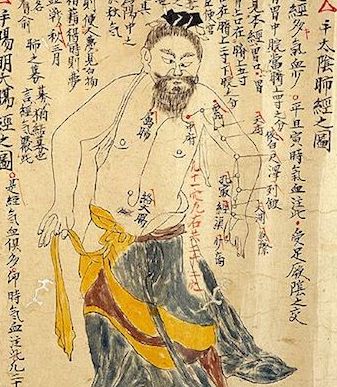
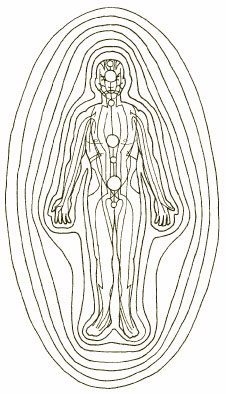
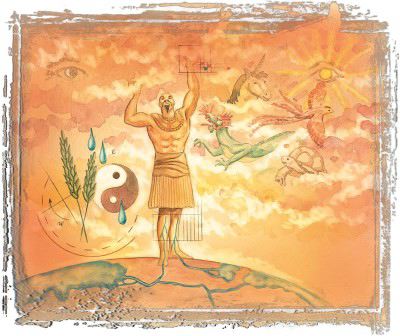
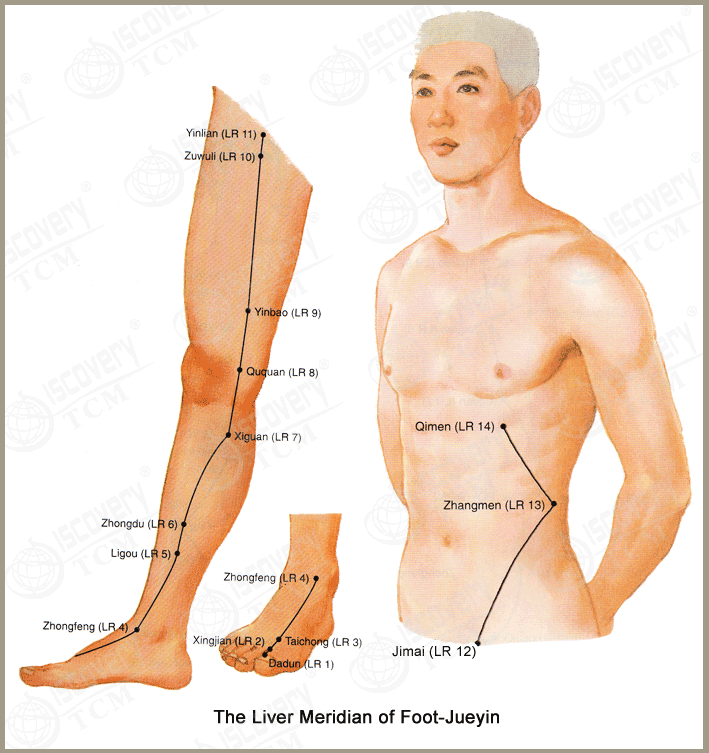
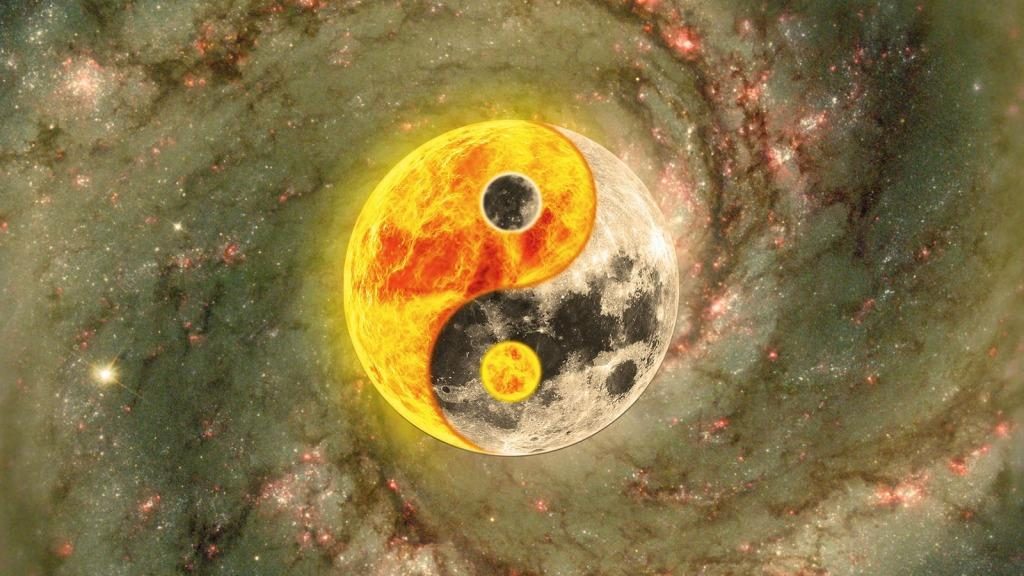
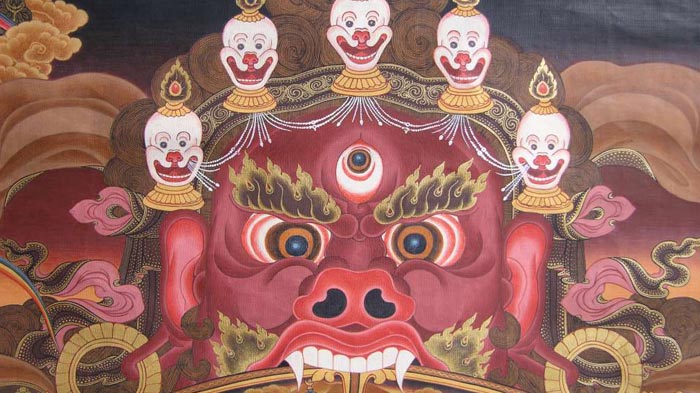
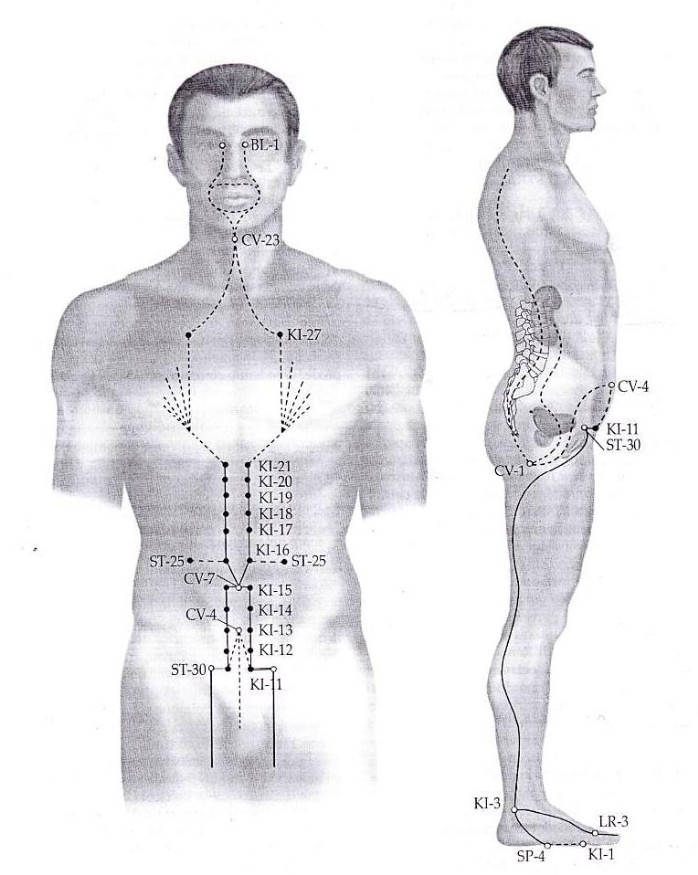
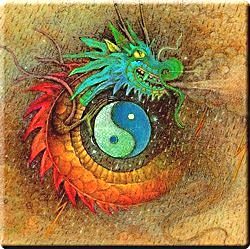

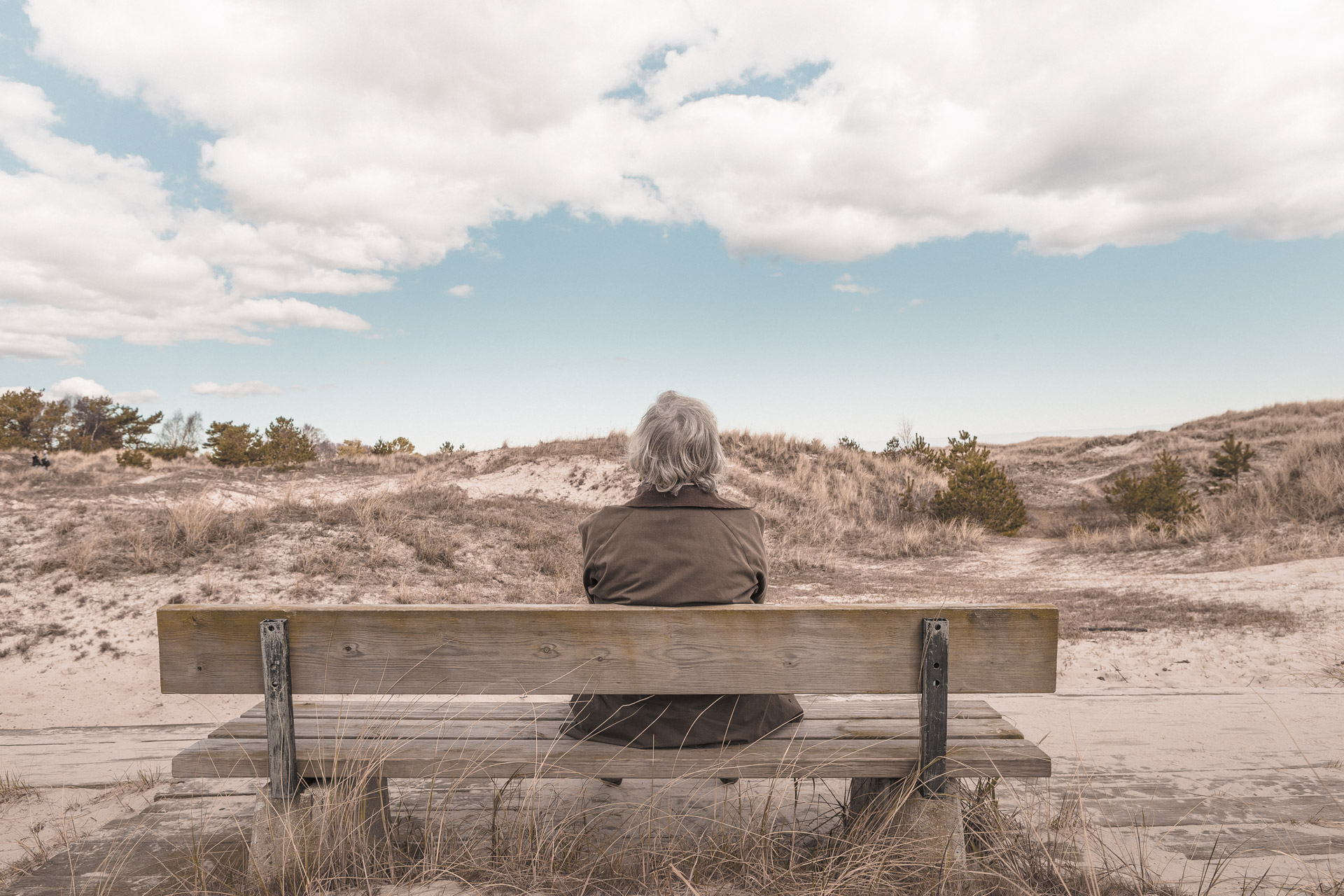
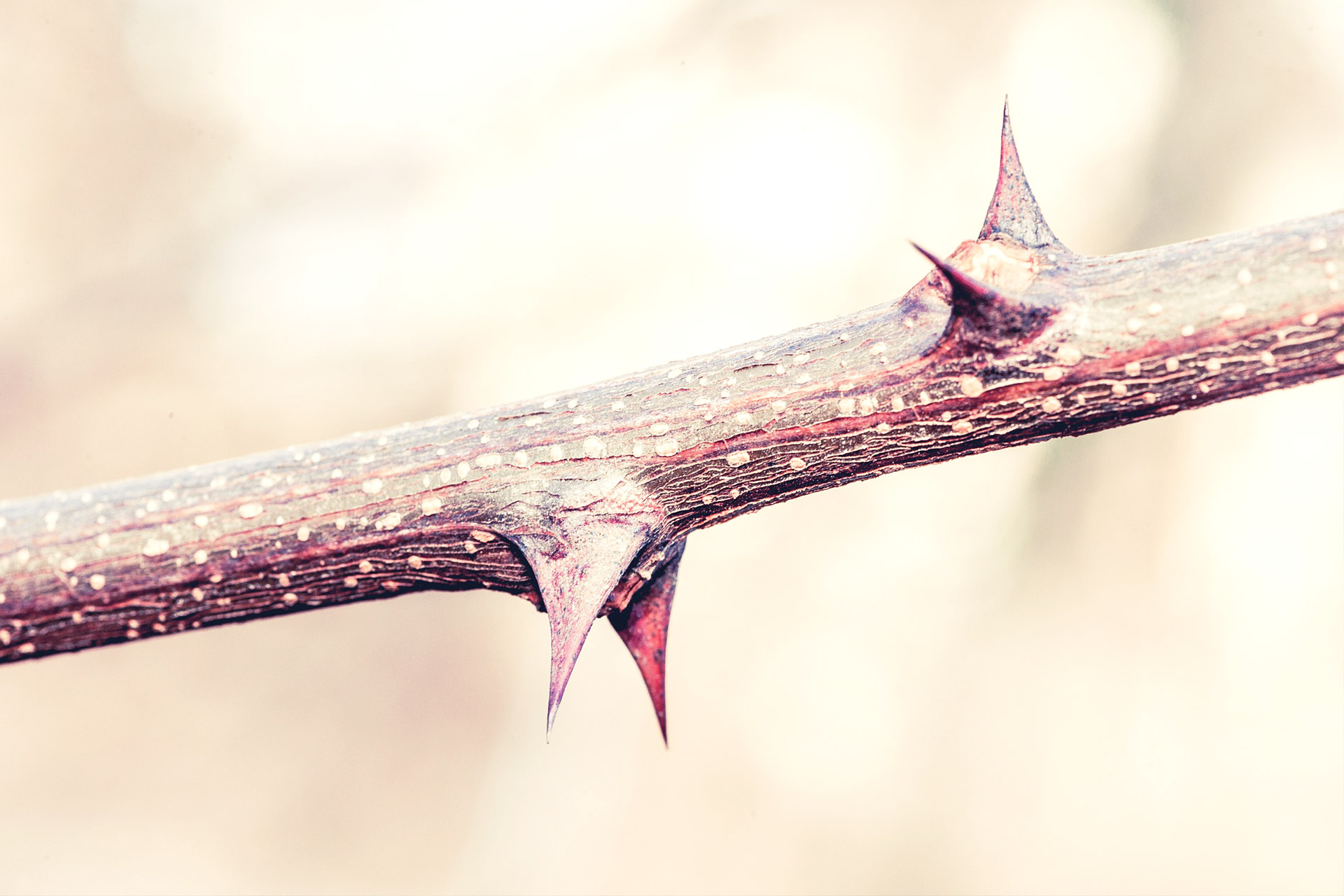
No Comments